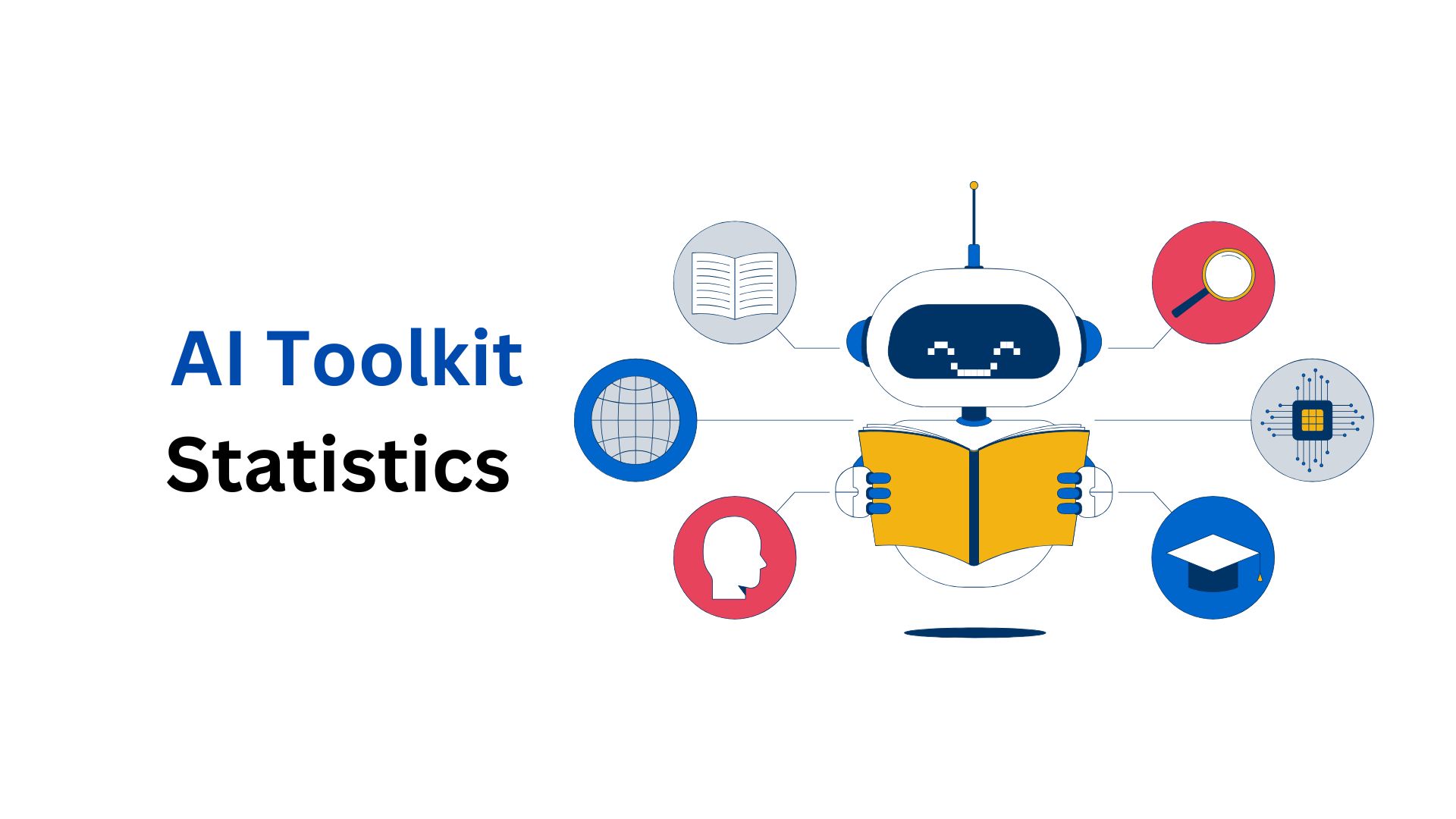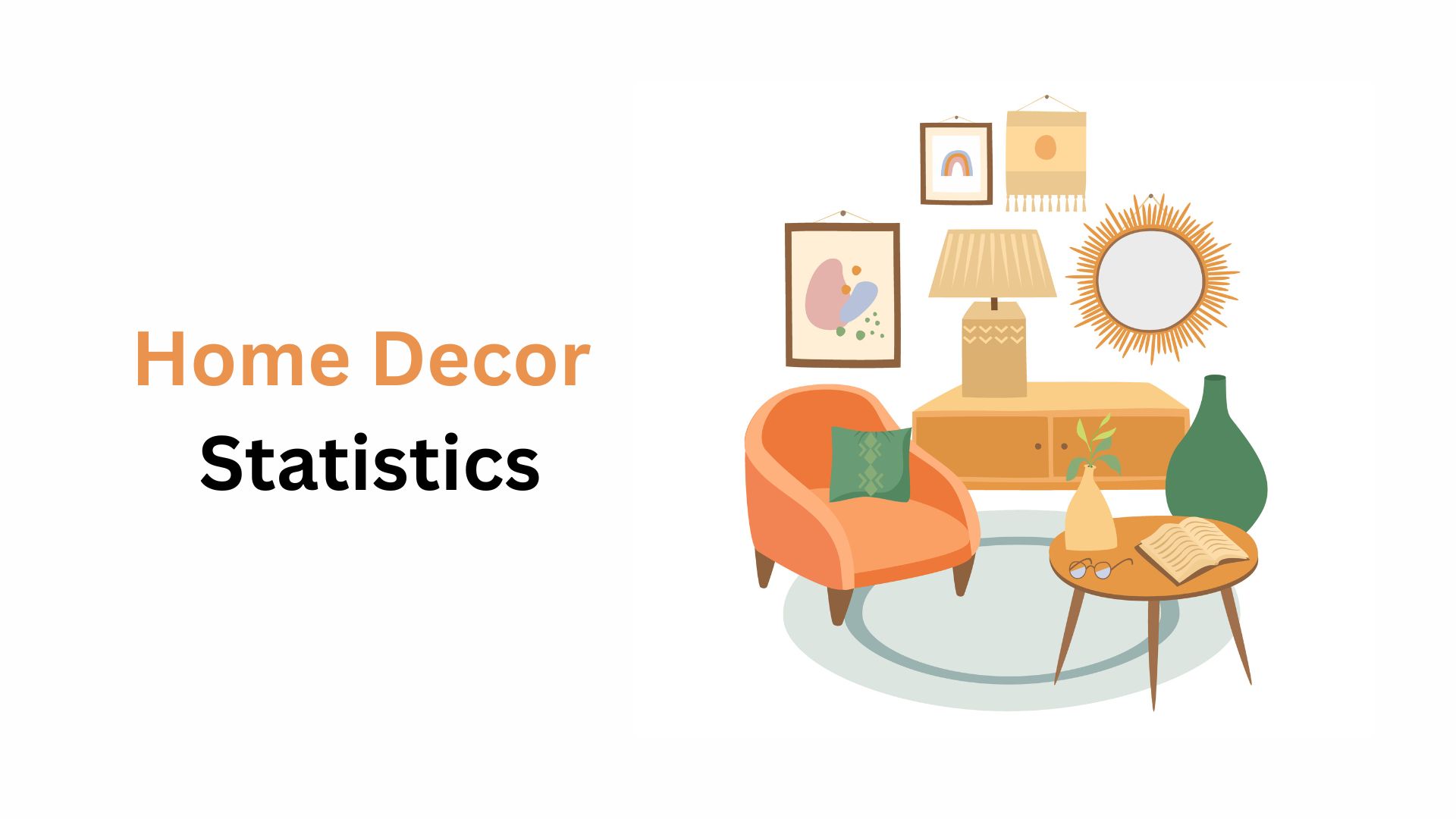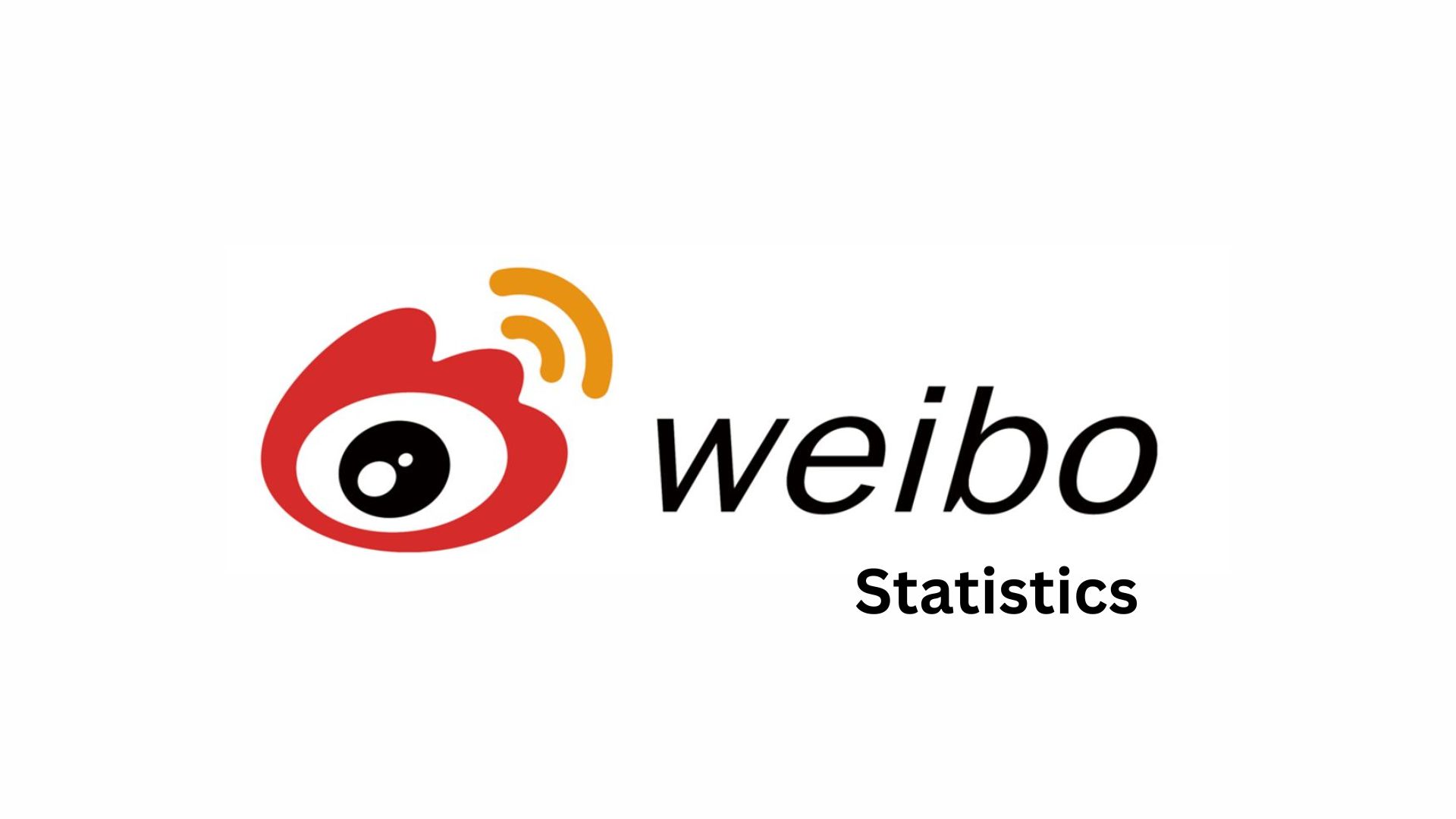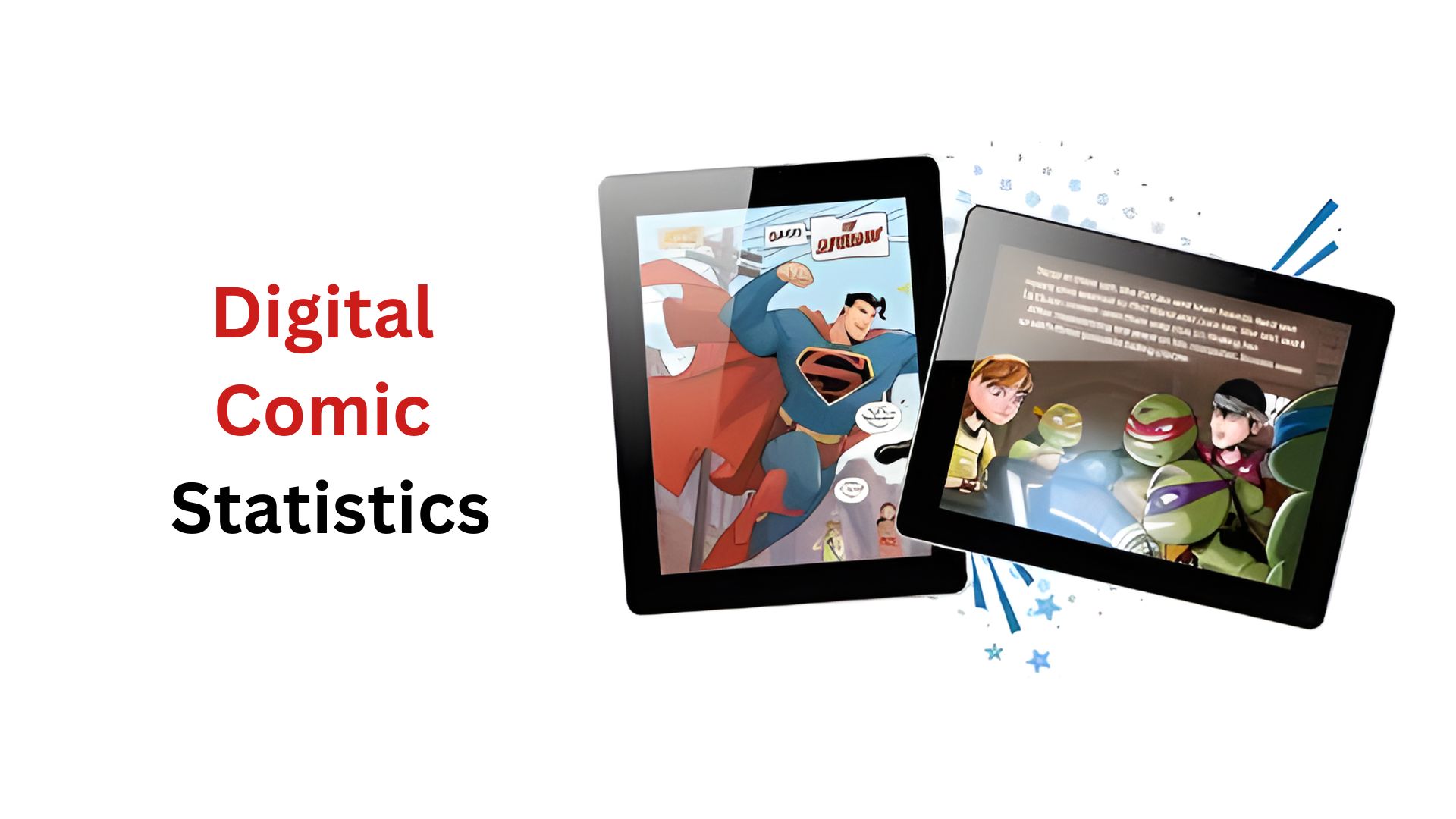Adobe Photoshop Vs. Canva Statistics – Which is the Better Design Tool? (2025)
Updated · Jun 10, 2025

Table of Contents
Introduction
Adobe Photoshop vs. Canva Statistics: In digital design, Adobe Photoshop and Canva are two important tools that cater to the needs of different users. While Photoshop had always been the first choice of professional designers, Canva emerged as a very friendly-looking alternative for the common user and for businesses that want their design done quickly and easily. There has been tremendous growth in both platforms, carving substantial market shares and user bases by 2024.
The article offers a perspective on Adobe Photoshop Vs Canva statistics, touching on market positioning, user demographics, revenue generation, and more.
Editor’s Choice
- Adobe holds 70% of the creative software market, and Canva holds 10.26%, doing exceptionally well in the presentation software slice, with 46%.
- The biggest user front for Canva presentations comes from education (23%), followed by marketing (20%), and digital marketing professionals (15%).
- Presentation users of Canva are mainly located in the US (65%), followed by smaller portions in the UK (9%) and Canada (6%).
- Adobe digital media revenue waned at US$15.55 billion in 2024, with an estimated exceeding US$20 billion by 2025.
- Canva’s revenue skyrocketed from US$4.4 million in 2016 to US$2.7 billion in 2024, continuing steady growth year over year, offering international scalability.
- With 32.5 million users recorded in 2025, it was known that Canva surpassed active users of more than 185 million monthly worldwide, holding 16 million paying subscribers by the end of 2023.
- While the stock market capitalisation of Adobe stood at US$175.80 billion in 2025, it saw a peak of US$255.61 billion in 2024, showing that the P/E ratio was about 27.25, which is a very gigantic financial metric.
- It is a tool that is used across industries by more than 90% of Fortune 500 companies, and it also has an edge over others as the most used AI image creation tool among influencers (51% vs. 36.4% for Photoshop).
- In 2025, Canva usage rose 20% within the entertainment industry and serves over 500,000 nonprofits, together with more than 70 million educators and pupils worldwide.
- Both Adobe and Canva mostly attract 25–34-year-olds (32.7 and 31%, respectively), with Adobe having a strong presence among 18–24-year-olds (24.4%) and Canva not very far behind (21.77%).
- The Canva Annual Plan pricing is a little more budget-friendly, beginning with a Free Plan, a Pro for US$15 a month, Teams for US$10 per user per month, and Enterprise for custom pricing, with 16% off for annual billing.
- Adobe Photoshop prices are rather steep, beginning at US$19.99 per month for the Photography plan, US$22.99 per month for Photoshop, and US$59.99 per month for the full Creative Cloud suite.
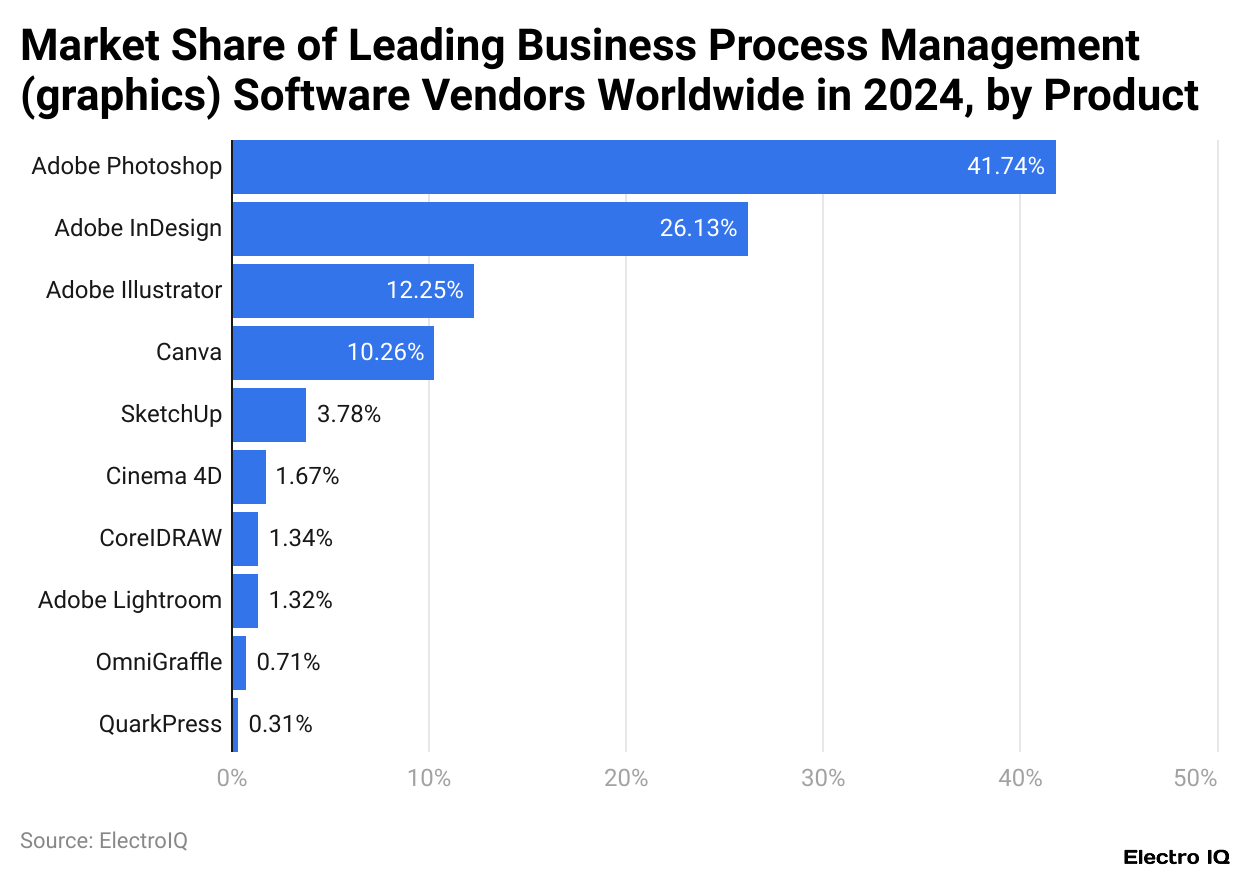
(Reference: statista.com)
- In 2024, the total value of the creative software market was US$15.4 billion. Canva managed a significant 10.26% chunk of the market, making a solid foothold despite Adobe’s strong 70% market share.
- Canva had a profitable performance in the realm of presentation software with a 46% market share. It stood alongside more than 36 other instruments in this category, such as Microsoft PowerPoint with 23% market share, Scribd having 10%, and Prezi with 5%.
- Among Canva’s users in this presentation software sphere, the largest portion of them came from education, being 23%, followed by the marketing sector at 20%, with digital marketing professionals at 15%, and social media users at 14%.
- Most of the users of Canva’s presentation software were in the U.S., which accounted for 65% of the global users. The U.K. came next with 9%, and Canada stood at 6% of users.
- Conversely, in the office productivity software category, Canva hardly mattered, with only 0.02% of the market share. In this scant category, most of the customers originated from higher education establishments (10%), marketing and advertising (6%), and charitable organisations (6%).
- When it comes to company size, the very small enterprises appeared to be the biggest chunk in Canva users, accounting for 47%, followed by medium-sized enterprises at 31%, and large enterprises at 21%. This emphasises Canva’s appeal due to access and usability by smaller organisations or education-related sectors.
Adobe Vs Canva Revenue

(Reference: statista.com)
| Year | Canva’s Revenue |
YoY % Growth
|
| 2016 | $4.4 million | – |
| 2017 | $60 million | 1264% |
| 2018 | $84 million | 40% |
| 2019 | $105 million | 25% |
| 2020 | $500 million | 376% |
| 2021 | $1 billion | 100% |
| 2022 | $1.7 billion | 70% |
| 2023 | $2 billion | 18% |
| 2024 | $2.7 billion | 35% |
(Source: whop.com)
- Since 2016, there has been strong and steady growth in the digital media segment for Adobe, which includes Creative Cloud and Document Cloud.
- As per Statista’s report, the Adobe Photoshop Vs Canva statistics, in 2024 alone, this segment will have produced revenues in the neighbourhood of US$15.55 billion. This speaks to the waxing position of Adobe in content creation and document management.
- It has been able to grow a cloud-based presence for itself with these tools, and forecasts show that its revenue might touch US$20 billion as soon as 2025, thus marking a meteoric rise in demand for Adobe’s creative and productivity application suite, fuelled by innovation and an increase in the adoption of digital solutions.
- On the other hand, Canva has enjoyed very fast growth in revenues since its inception. The revenue of Canva stood at US$4.4 million in the year 2016 but shot to US$60 million in 2017, marking a 1,264% exceptional increase.
- The upward momentum continued, with revenue standing at US$84 million in 2018, reflecting a 40% increase. With a revenue of US$105 million in 2019, Canva scaled a 25% rise year over year.
- Revenues rose sharply to US$500 million in 2020—up 376%—marking a faster acceleration in growth. The rapid pace was sustained in 2021 when their revenues for the first time scaled beyond US$1 billion, growing twice compared to 2020 alone.
- This shows Canva’s appeal largely lies in accessibility and ease of use for smaller organisations and education-focused sectors.
- Recording a remarkable 70% growth for the year 2022, Canva saw its revenue soar to US$1.7 billion; 2023 marked yet another increase when the revenue grew another 18% to reach US$2 billion.
- The upward curve in revenue persisted into 2024, and this year, revenue skyrocketed to US$2.7 billion, indicating a healthy 35% growth over the last year.
Adobe Vs Canva Users
Adobe Users
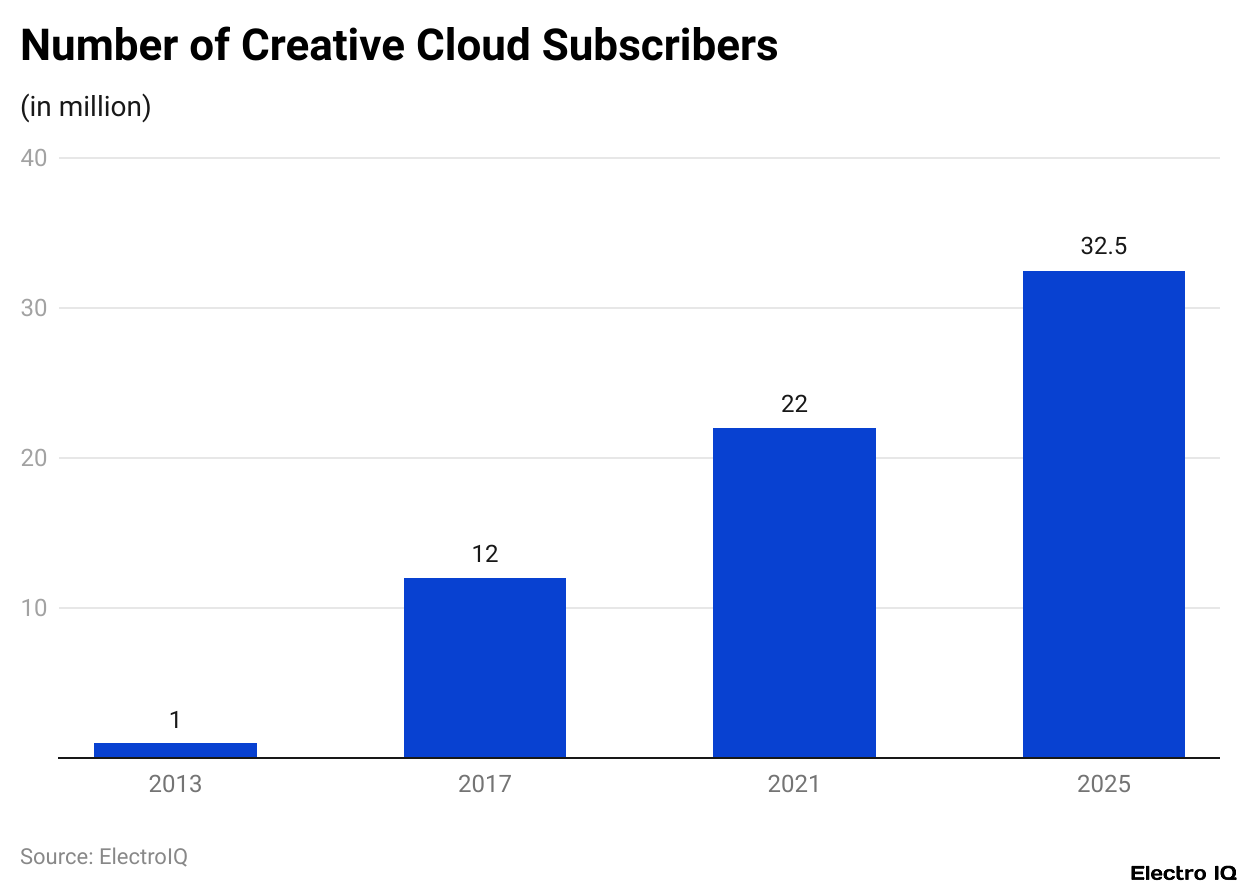
(Reference: photutorial.com)
Canva Users

(Source: wethrift.com)
- Photoshop has been steadily and significantly increasing in users as the years go by. Back in 2013, estimates suggest it had about a million users. Jumping forward to 2017, this number had exploded to about 12 million.
- According to Phototurial, Adobe Photoshop vs. Canva statistics indicate that in 2021, the population reached approximately 22 million, and by 2025, it is forecast to increase to around 32.5 million.
- The ever-growing trend means Adobe Photoshop has been a favourite for ages with professional designers, photographers, and digital artists.
- Canva, in contrast, builds an enormous and very active global user community, with over 185 million active monthly users in more than 190 countries, positioning itself as a leading design platform for individuals and teams.
- The easy-to-use tools Comrade have brought design to the hands of the masses, a group that has traditionally lacked formal training in design principles. Since its inception in the year 2013, Canva has grown extraordinarily, increasing its user base at a rate of roughly 3700-fold from scratch.
- A giveaway of its immense popularity is that at launch, there were more than 50,000 people on the waiting list to access Canva. By the time the platform closed its very first year, it had 100,000 users on board.
- As of 2015, over 1.5 million users had been logging in each month and, in the process, more than 50 million designs had been created.
- By 2016, the numbers had been pumped up to 3.6 million; by 2019, 24 million active users were boasting Canva membership. The growth rate sustained itself, and by 2021, Canva eclipsed over 75 million monthly active users.
- As per Wethrift, Adobe Photoshop Vs Canva statistics show that the numbers rose to 100 million in 2022 and 135 million in 2023, averaging growth at an astounding rate of 57.14% throughout those years. Today, with 185 million monthly users on its roll, Canva caters to a wide range of users such as individual creators, teachers, nonprofits, and big-shot companies.
- By the end of 2023, 16 million out of these users were subscribing to Canva and paying for premium features, showing the platform’s solid commercial credibility and far-reaching popularity.
Adobe Vs Canva Valuation
Adobe Valuation
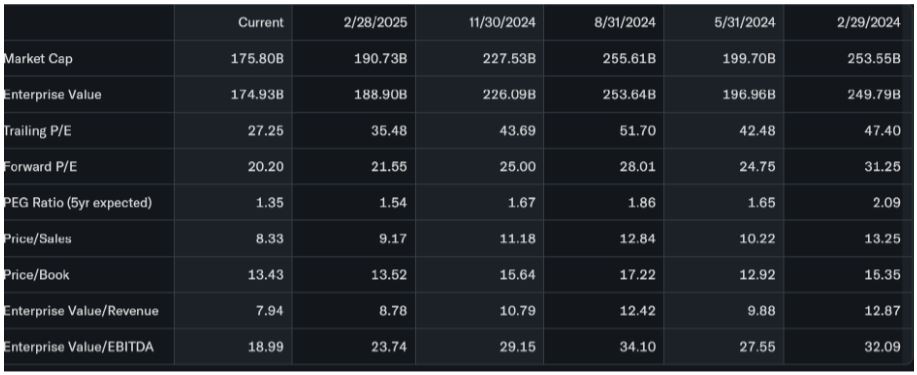
(Source: finance.yahoo.com)
Canva Valuation
| Year |
Canva’s Valuation
|
| 2015 |
$165 million
|
| 2016 |
$456 million
|
| 2018 | $1 billion |
| 2019 | $2.5 billion |
| 2020 | $6 billion |
| 2021 | $40 billion |
| 2022 | $39 billion |
| 2023 | $32 billion |
| 2024 | $32 billion |
(Source: whop.com)
- Adobe Photoshop, as a part of Adobe Inc., boasts an impressive stronghold in the market through financial means.
- As of the newest figures available for 2025, Adobe stands at a market capitalisation of US$175.80 billion.
- Within the past year, after these figures, it had gone through rounds of oscillations, touching peaks of US$255.61 billion in May 2024 and lows of US$190.73 billion in February 2025.
- The enterprise value almost shadows this movement and stands at US$174.93 billion. This strength in financials is further supported by metrics such as a trailing price-to-earnings ratio of 27.25 and a forward P/E of 20.20, which indicate that investors strongly believe in the firm’s earnings capacity in the long term.
- Being balanced for valuation and expected growth by the PEG ratio of 1.35, the price suggests some moderate expectations of growth.
- Other metrics such as the price-sales ratio (8.33) and the price-book ratio (13.43) attest to Adobe’s premium valuation in the market. The enterprise value-to-revenue ratio is 7.94, while the enterprise value-to-EBITDA ratio is 18.99, showing that profitability and operational efficiencies are well established in this creative software market.
- Canva has undergone a tremendous valuation journey. Canva had raised US$165 million at the start of 2015, and the valuation nearly tripled by 2016 to US$456 million. With a US$1 billion valuation, Canva was officially labelled a unicorn by 2018, and it hit US$2.5 billion by 2019, then US$6 billion in 2020, continuing its valuation climb.
- The rise skyrocketed in 2021 when the valuation soared to US$40 billion, marking a defining corporate history for Canva. After hitting this high, the valuation slipped a bit to US$39 billion in 2022 and slumped more to US$32 billion in 2023.
- Yet, this valuation only reinforced Canva’s standing in the present; hence, even through the latest market shake-outs, the company is deemed to be a sturdy and prominent name in design software in 2024.
Adobe Vs Canva Usage By Industry
- With a striking 41.74% market share in 2024, Adobe Photoshop continued to dominate graphic design software. This wholesale acceptance of Photoshop was across a gamut of creative domains, namely, photography, advertising, publishing, web design, social media, and digital content production.
- The central appeal rests on its editing prowess, regular new updates, and seamless integration with the larger Adobe ecosystem.
- In 2024, the entire graphic design software industry was valued at approximately US$9.23 billion. Meanwhile, Adobe held the top position, not just through Photoshop but also via other products, such as Adobe InDesign, which accounted for 26.13% of the market, and Adobe Illustrator, which accounted for 12.25%.
- When put together, these tools claim over 80% of the entire market, underlining Adobe’s overwhelming dominance in this industry. Yet, it has become a bedrock design platform for businesses worldwide as more than 90% of Fortune 500 companies depend on it for their creative and design requirements.
- A September 2023 poll found Canva to rank as the top AI tool for image generation, with 51% of influencers favouring it over Adobe Photoshop, which only earned 36.4%. This shows an upward trend in Canva’s acceptance and usability by content creators and digital marketers.
- There has been quite a marked uptick in Canva’s adoption within the entertainment industry, with a 20% increase in a single year.
- With the number of users growing exponentially, the platform’s appeal lies in its accessibility, ease of use, and quick pace of content creation offered across so many media. Also, Canva has evolved to significantly expand its reach in the nonprofit sector.
- Over 500,000 nonprofit organisations in 2023 were considered active users of Canva, then over 800,000 people within the groups have been using the platform for advocacy and communications design work.
- By 2024, the numbers have further soared, with over 70 million educators and students worldwide now using Canva in some capacity, thus firmly setting the stage for Canva to be counted among the major digital tools of education of the present day, supporting creative learning, lesson planning, and visual communication across classrooms globally.
Adobe Vs Canva Age Demographics
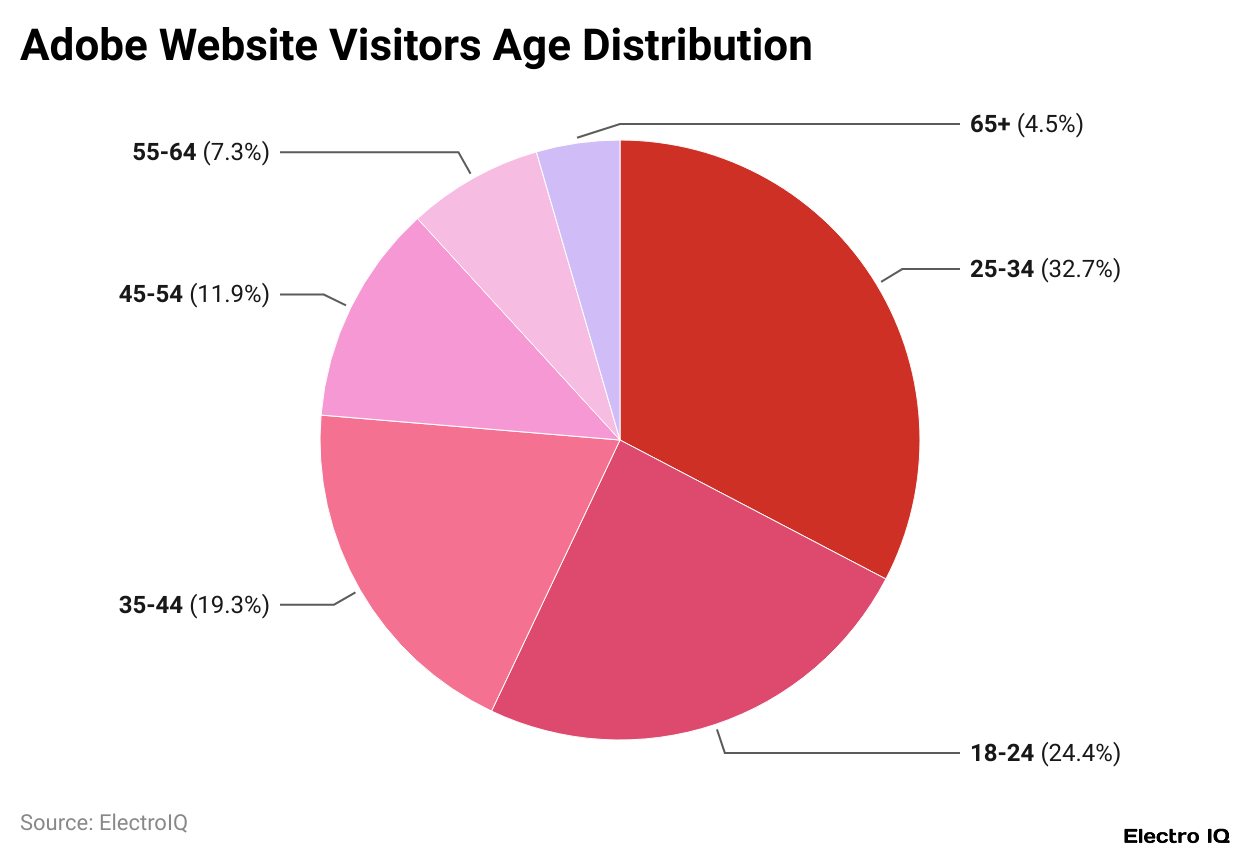
(Reference: usesignhouse.com)
Canva User Demographics
| Age Group |
Canva Users Share
|
| 18 to 24 years | 21.77% |
| 25 to 34 years | 31% |
| 35 to 44 years | 20.22% |
| 45 to 54 years | 13.32% |
| 55 to 64 years | 8.56% |
| More than 65 years | 5.13% |
(Source: demandsage.com)
- Adobe draws users from a wide array of demographics, but the prime demographic remains younger adults.
- Users in the age bracket of 25 to 34 years amount to 32.7%, covering the largest segment of Adobe users.
- This is closely followed by the younger ones until the age of 24, representing 24.4%. Next are users from 35 to 44, at 19.3%, followed by 45 to 54, at 11.9%.
- The other older groups sit quite low: the 55 to 64 age group accounts for 7.3%, and the 65 and above age group further drop down to 4.5%.
- Canva, in comparison, had a similar skew toward younger families.
- Age-wise, the group making up the highest %age of the platform is 25 to 34 years, being nearly 31% of users. Post this is the age group from 18 to 24, at 21.77%.
- The 35 to 44 age group makes up 20.22%, while the 45 to 54 years age group constitutes 13.32%. From here on, usage goes down as the age increases, with 8.56% of Canva users being within the 55 to 64 years category and only 5.13% being 65 years or above.
- Such Adobe Photoshop Vs Canva statistics by Usesign and Demandsage underline that whilst both Adobe and Canva have a great attraction for younger audiences, it is especially for Canva that users in their twenties and early thirties have shown an affinity; yet, some appeal amongst older people surely exists.
Pricing Comparison – Adobe Vs Canva
- The differing pricing schemes offered by Canva and Adobe Photoshop are set according to the type of user and feature access needed, with Canva at the lower end of pricing and Adobe Photoshop at the higher end, featuring professional-grade tools.
- The software package comprises four plans. The most basic is the Free plan, which gives about as much functionality as can be expected from a free version but offers a limited number of templates and stock media.
- For users willing to pay for more resources, Canva offers the Canva Pro plan at US$15 per month for one user. This plan gives access to premium templates and tools, AI tools, brand controls, and 1TB of cloud storage.
- For team management, you have the Canva Teams plan at US$10 per user per month, which grants every user 1TB of storage and accompanying collaboration tools.
- When it comes to medium and large businesses with a few special requirements, Canva Enterprise is the offering, along with a custom price and features.
- Annual payment for Pro or Teams earns a 16% discount, making it cheaper. Major differences among Canva plans include the user count (only Teams and Enterprise support multiple users), the AI-powered design tools that are only allowed for paid plans, many more design templates and media content, and larger cloud storage: 5GB with Free plan; more than 1TB for paid ones according to the plan.
- There is also a 30-day free trial available for Canva Pro, giving users a free trial of premium features before engaging in a paid package.
- Adobe Photoshop carries a complex pricing scheme and higher charges in general due to its positioning for professionals.
- The Photography plan for the individual users costs US$19.99 per month, which includes Photoshop, Lightroom, and Lightroom Classic, and 1TB of storage.
- The Photoshop plan price is US$22.99 per month and offers Adobe Fresco and Photoshop Express with 100 GB storage.
- The Creative Cloud All Apps plan, without a limitation for a full suite of Adobe apps, costs US$59.99 per month.
- This includes Photoshop as well as 25 more apps like Illustrator, InDesign, and Premiere Pro and 100 GB cloud storage. For business users, Photoshop for teams is priced at US$37.99 per license per month, which incorporates apps like Adobe Fresco and Photoshop Express, and 1TB of storage. Photoshop provides a 7-day free trial for users to evaluate the software before they purchase it.
- Overall, Adobe Photoshop Vs Canva statistics show that Canva is cheaper and simpler for an individual or team who needs a design software with collaboration features.
- Adobe Photoshop carries a hefty price tag but, at the same time, offers a higher-level professional toolset that is ideal for photographers, graphic designers, and creative professionals who require advanced editing.
- Usually, the choice between these two comes down to complexity in design and a preference for control or certain freedoms in creativity.
Conclusion
By 2024, Adobe Photoshop Vs Canva statistics hold solid reputations in the digital design industry, each catering to different user needs. Photoshop is the best choice for professionals who need advanced editing, while Canva attracts the layman who seeks to design quickly and efficiently. The statistics concerning the two further illustrate that each deals with different attributes, reflecting that they are adaptable and continuously evolving to keep up with change.
Sources
FAQ.
By 2024, Canva will win hands down over Adobe Photoshop in terms of the user base. Canva boasts 185+ million monthly active users, with 16 million subscribers paying for the services; Adobe Photoshop has 32.5 million users. Its worldwide reach, combined with ease of use, has contributed to this high demand for Canva.
Canva sits on the cheaper end of the spectrum, with payment plans from free to US$15/month for Pro and US$10 per user per month for Teams, discounted on yearly billing. On the contrary, Adobe Photoshop costs quite a bit, starting at US$19.99/month (Photography plan), US$22.99/month just for Photoshop, and US$59.99/month for the entire Creative Cloud suite and is more suitable for professionals with heavy design requirements.
Canva is mostly used in education, marketing, entertainment, and nonprofit sectors, with 90% of the Fortune 500 companies using it. It mainly controls the world in designing presentations and is also one of the most popular AI-driven image creation tools among influencers; meanwhile, Adobe Photoshop is used by professional creatives and is also dominating the graphic design market at 41.74 %.
In 2024, the digital media segment had revenues of US$15.55 billion, with estimates to breach the US$20-billion mark in 2025. The market capitalisation of Adobe was US$175.80 billion. Canva had revenues of US$2.7 billion in 2024 from US$4.4 million in 2016. The valuation of Canva touched US$40 billion in 2021, and today, post-market corrections, it stands at US$32 billion. This reflects phenomenal growth in this short span.
Nowadays, both tools are popular among younger generations: Adobe Photoshop: Users between the ages of 25 and 34 accounted for the largest share (32.7%), followed by those from 18 to 24 (24.4%). Canva: The demographic of 25 to 34 holds the greatest share of users at 31%, followed by those 18 to 24, with a share of almost 21.77%. The evidence suggests that both these programs increasingly appeal to digital natives and early career professionals.

Maitrayee Dey has a background in Electrical Engineering and has worked in various technical roles before transitioning to writing. Specializing in technology and Artificial Intelligence, she has served as an Academic Research Analyst and Freelance Writer, particularly focusing on education and healthcare in Australia. Maitrayee's lifelong passions for writing and painting led her to pursue a full-time writing career. She is also the creator of a cooking YouTube channel, where she shares her culinary adventures. At Smartphone Thoughts, Maitrayee brings her expertise in technology to provide in-depth smartphone reviews and app-related statistics, making complex topics easy to understand for all readers.

